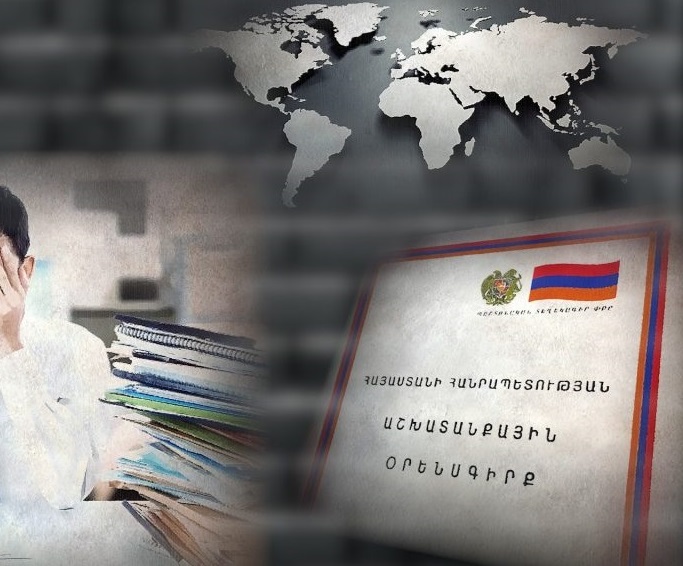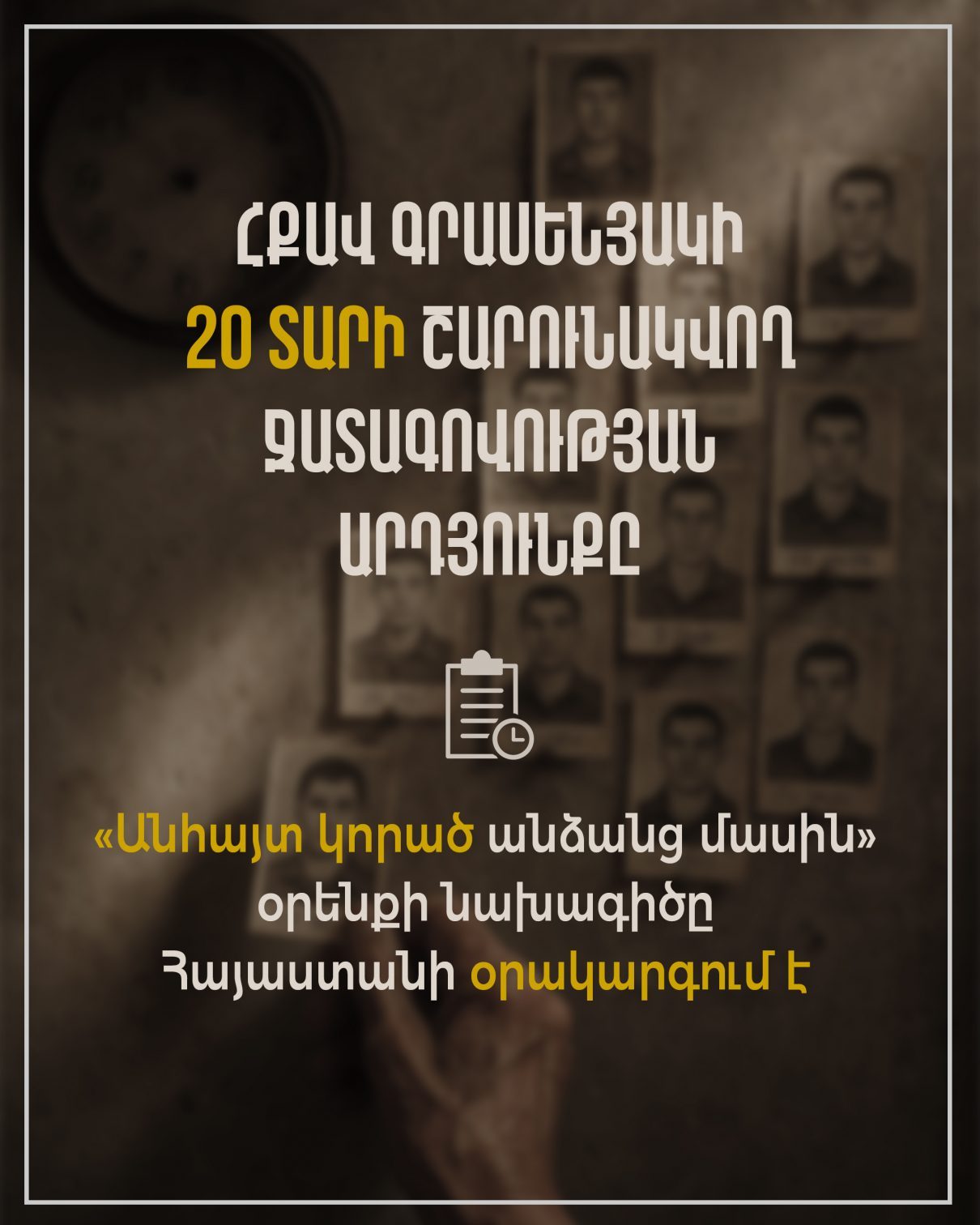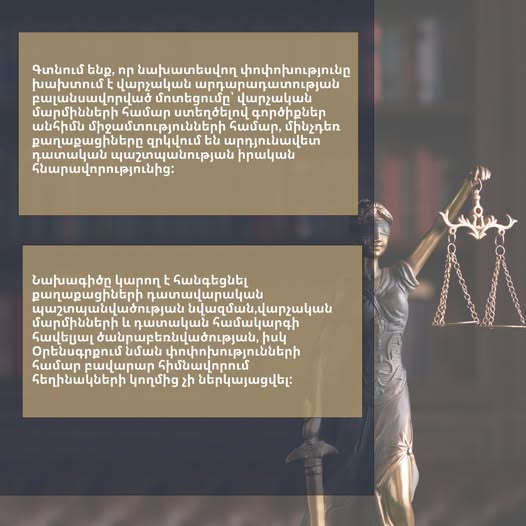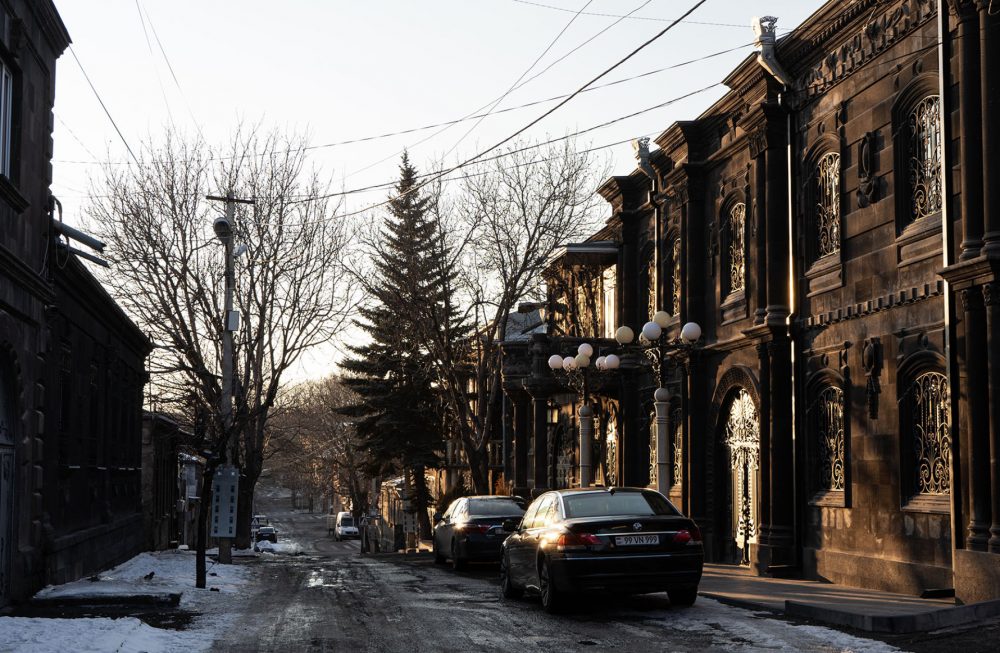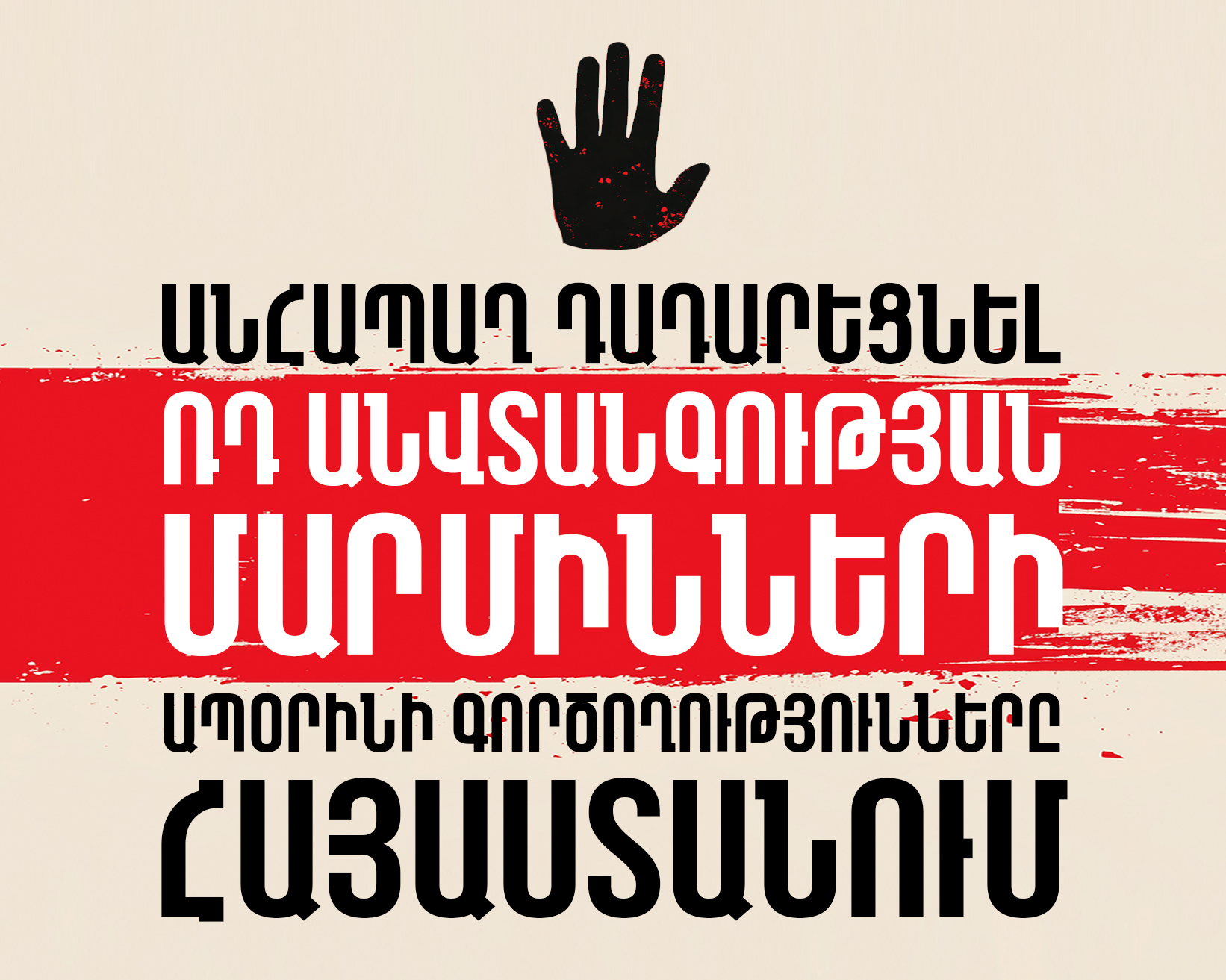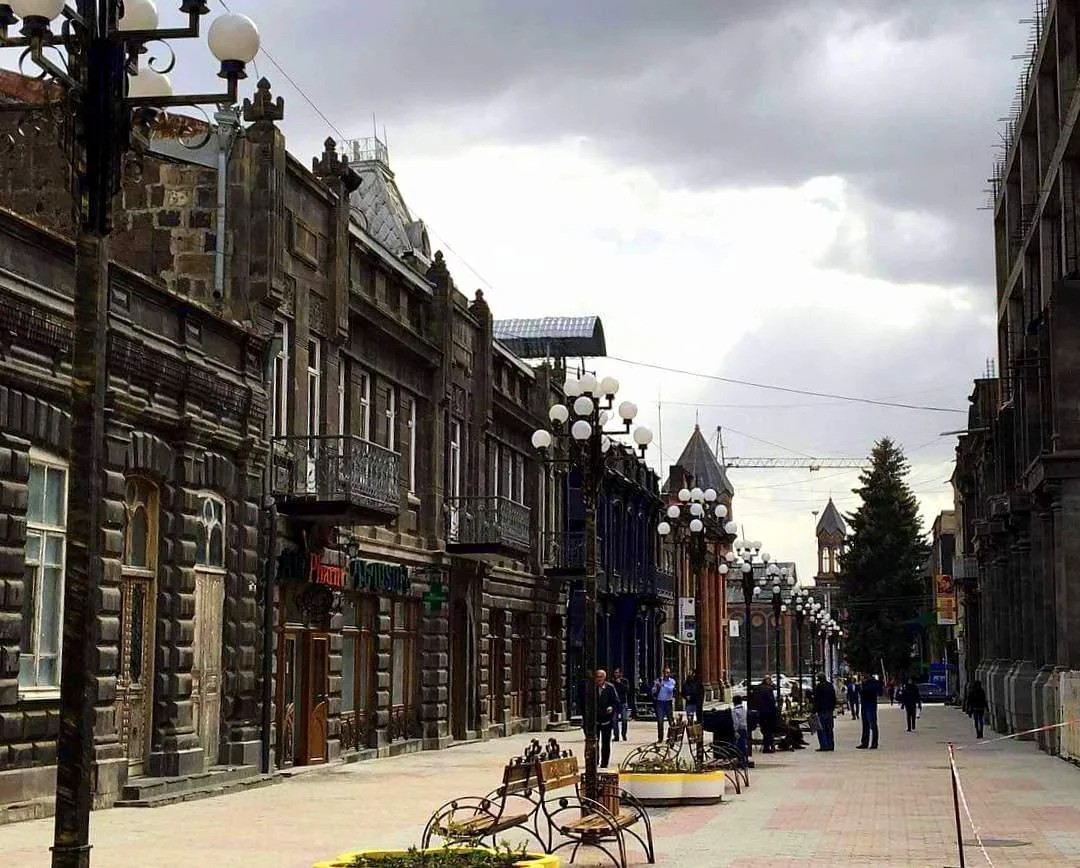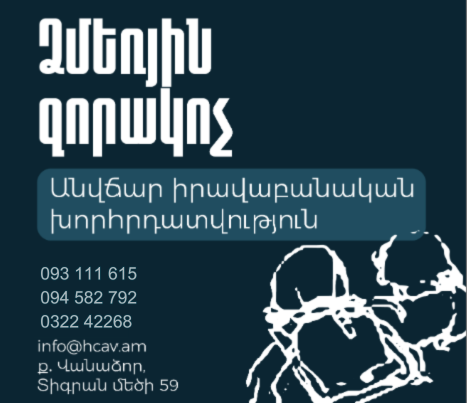




Are proxies trustworthy?

Activities | Electoral Process | Publications | State Institutions | Activities of Local Self-Government Bodies | Civilian Oversight and Monitoring | Legislative Proposals | Legislative Proposals and Analysis
The Electoral Code defines that “Judges, prosecutors, persons holding autonomous positions in the Investigative Committee, officers of investigation bodies, officers of the Police, the National Security Service, the Judicial Acts Compulsory Enforcement Service, officers of the Penitentiary Service, officers of the Probation Service, the Rescue Service, military servants, observers, candidates, members of electoral commissions may not act as a proxy”. However, the Electoral Code does not regulate how those persons shall be prohibited from acting as a proxy. In essence, a proxy is someone who has the relevant certificate from one of the candidate parties, where his/her name is added in a written form. A person gets the status of a proxy only when attaching or showing the relevant certificate at the entrance of the polling station. While the passport data is recorded in the log of the polling station commission, those lists are never summed up, and the candidates or parties do not present the list of their proxies in advance, in case of which it would be possible to compare those lists with the data of proxies registered in the polling station.
Lists of proxies are not presented to the Central Electoral Commission. This means that if an observation organization tries to register an observer who is also a candidate, the system will not allow it. However, a commission member, candidates or observers can act as a proxy without being entitled to do so.
On 26 March 2023, council of the elders elections took place in Sisian and Ani communities for the second time in six months. Using this opportunity, the Independent Observer Alliance decided to check, at least partially, whether the list of proxies included commission members, observers, media representatives, and candidates.
For this purpose, we took photos of the lists of proxies registered in the logs of all polling stations, digitalized and compared them with the lists published by the aforementioned groups.
Taking into account the small volume of elections, the findings are not shocking, yet they are enough to record the problem once again.
There were 531 registrations of proxies in polling stations: the same proxy could and did move around various polling stations, and also registered a few times as a result of getting out and in the same polling station. Some of those notes do not contain those persons’ patronymics, which does not allow to conduct correct comparison, thus only 444 notes (containing name, surname and patronymic) were compared. Overall, this was information about 280 persons. 4 candidates and 1 journalist were found in the lists of proxies. And all these findings were in Sisian.
Three candidates (2 from the Republican Party of Armenia and 1 from the Civil Contract) were registered after 20:00, being entitled to be present in the voting room as a candidate. Another candidate (Civil Contract) registered at 8:12 am, when he did not have the right to be there. Noteworthy, according to the Electoral Code, a journalist of News.am website, who was a proxy of the Citizen’s Decision party at the same time, did not make any violations: due to the gap of the Electoral Code, attested journalists can be proxies at the same time.The situation was different in case of two candidates of the Republican Party of Armenia and two candidates of the Civil Contract Party, when the law explicitly prohibits candidates from being proxies and being in the voting room during the voting (except for the purpose of voting). Moreover, Civil Contract proxies were candidates N 16 and N 36, while in case of the Republican Party of Armenia, they were candidates N 5 and N 6.
The presence of candidates in the polling station is prohibited during the voting based on the logic that they can constrain or influence the voters and conduct a campaign. In Armenia’s reality, this is really a grounded, and yet an inadequate prohibition. The same candidates often create crowds around them outside the polling station by welcoming and seeing voters off. Ultimately, candidates would not do this “hard” 12-hour work if it was not considered effective.
The solution is, in reality, clear: the lists of proxies should be presented to the Central Electoral Commission within reasonable terms prior to the elections. This will automatically allow excluding the same person from other undertakings, while in case of society’s interest, it will also help identify proxies from other “prohibited groups” and holding them liable. At the same time, this would solve two more problems.
First: empty certificates of proxies are left with the president of the commission in order to provide them as necessary (in essence, to someone who will come and say confidently, “The badge they left, it’s for me”). Presidents of commissions will not have to fill those certificates in anymore. Parties should be obliged to provide the certificates in advance only to those whose information was published through the list presented by the Central Electoral Commission.
Second: before registering their status in the polling station or generally irrespective of registration, “caring” proxies often organize transfer of older voters to the polling station, help them get in through the uneven entrance, register themselves as assisting persons and help the older person vote. Sometimes they are so agile in doing this that the voter does not even manage to reach the voting booth, when the assisting person has already done everything. In this case, even if the regulation does not solve the issue of “fake” assisting persons, it will at least oblige the parties to differentiate between those entitled as “assisting persons” and proxies who enjoy their trust.



